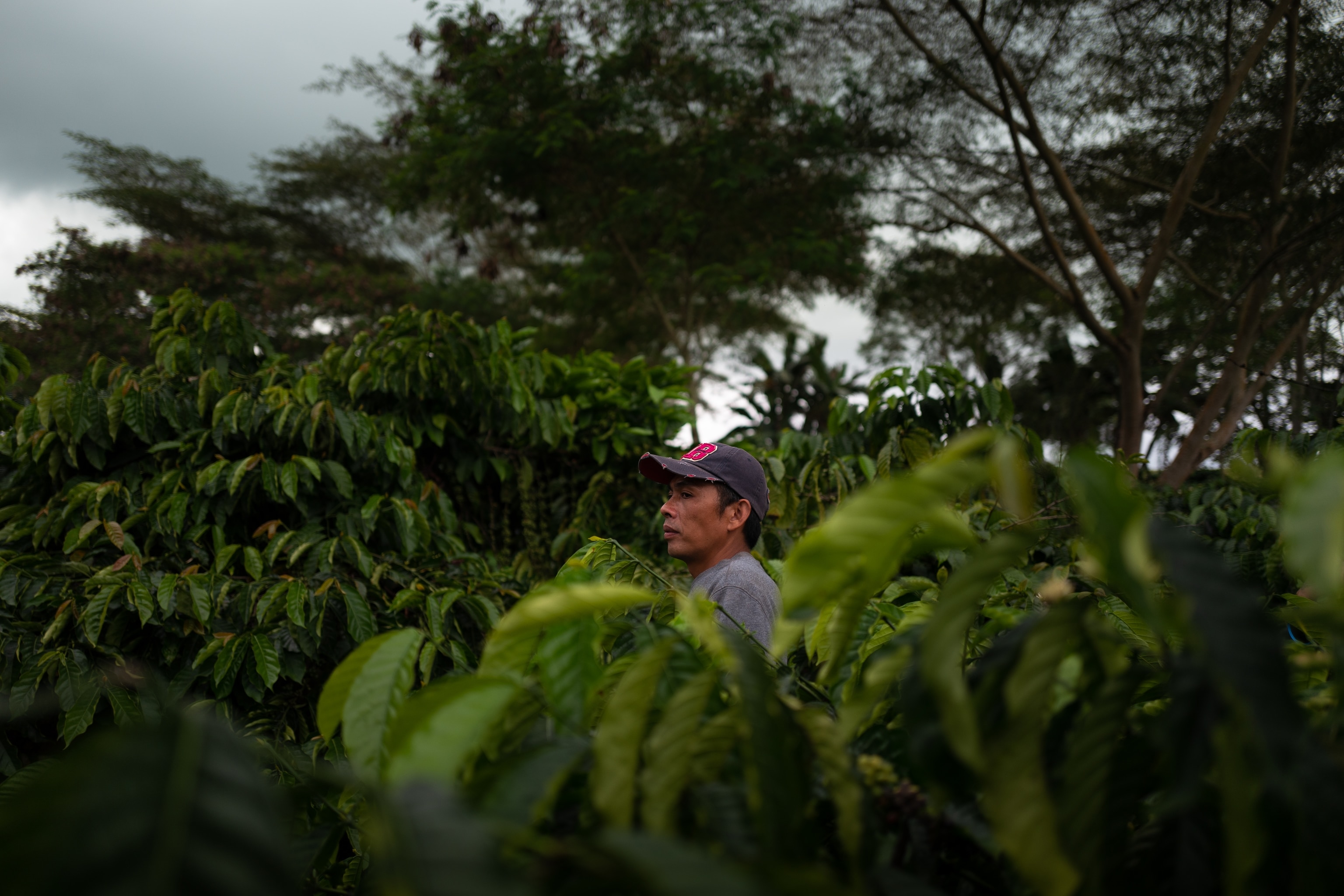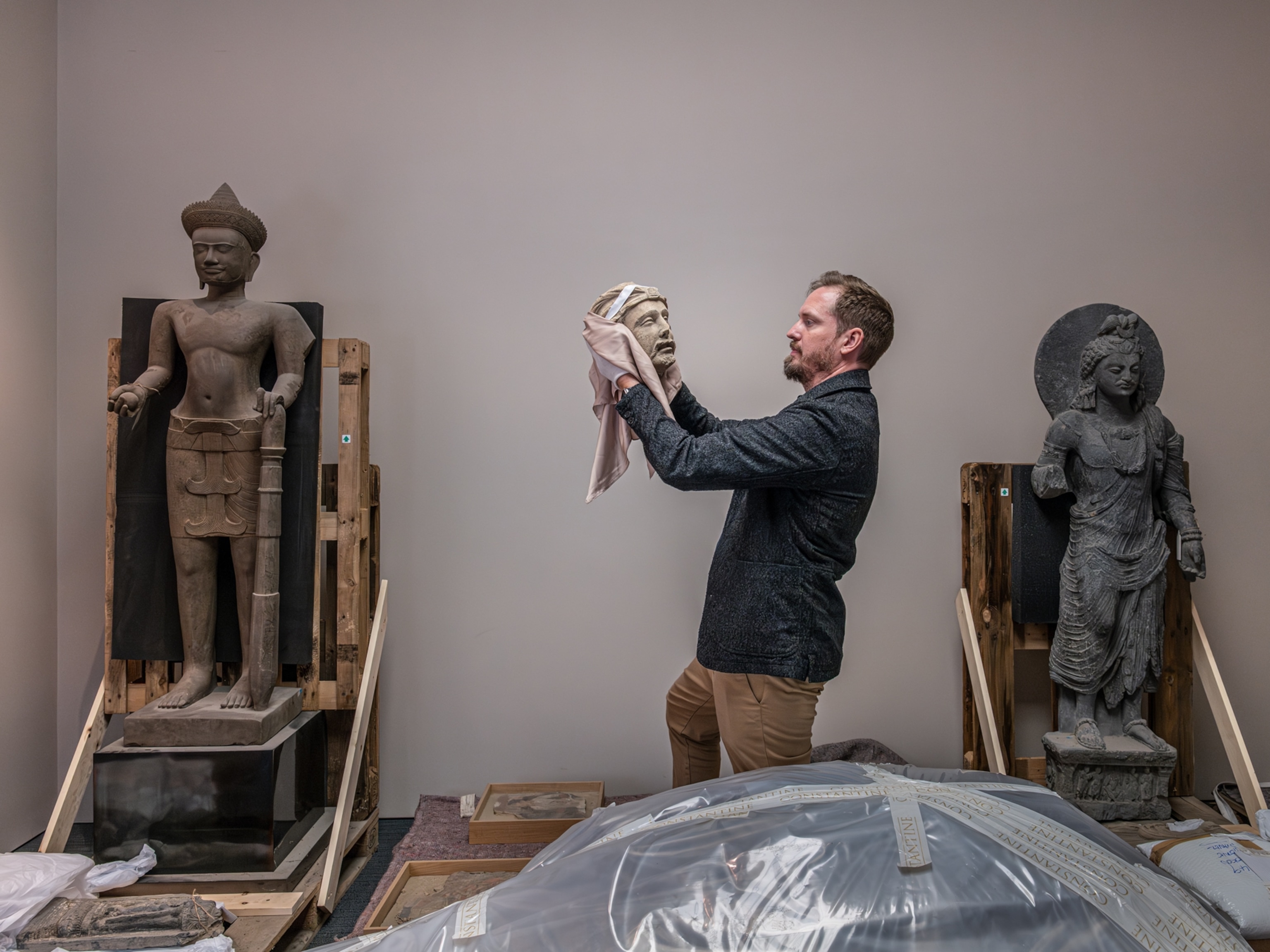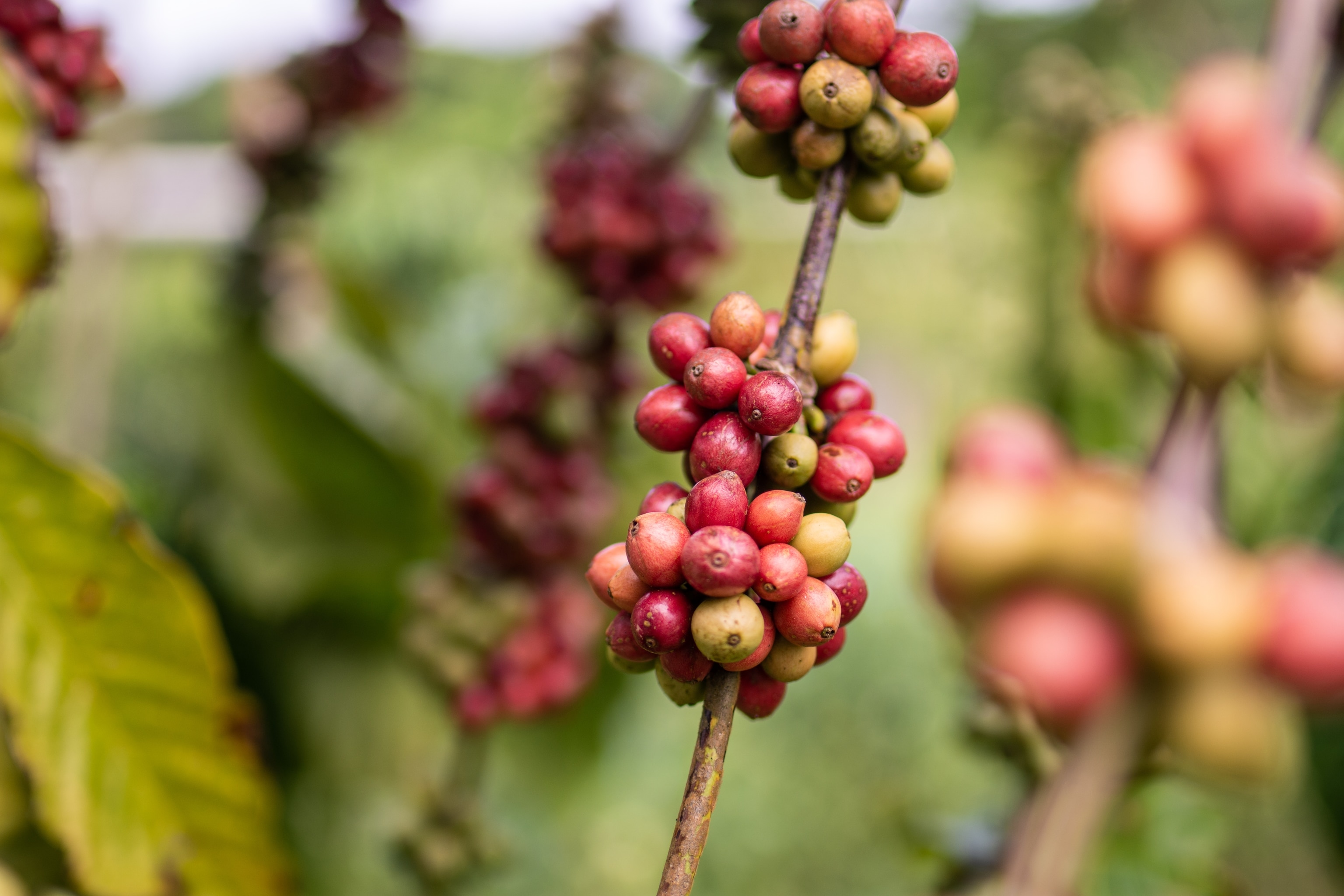
Regenerative agriculture is shifting paradigms for coffee farmers in the Philippines
The Philippines was once a top coffee producer. Nowadays, its coffee landscape is plagued with challenges. Could farmer education help?
For Arnold Cagas Abear, coffee is life.
The 42-year-old Filipino farmer comes from generations of smallholders who have tended their fields through hard, manual labor. With his calloused hands, Abear has earned a living for his family over the years.
“In Filipino culture, family is everything,” he says from his farm in Bukidnon, a province in northern Mindanao, Philippines. With three young sons and a daughter, his priority is to give them a good life. “This is why I do this.”
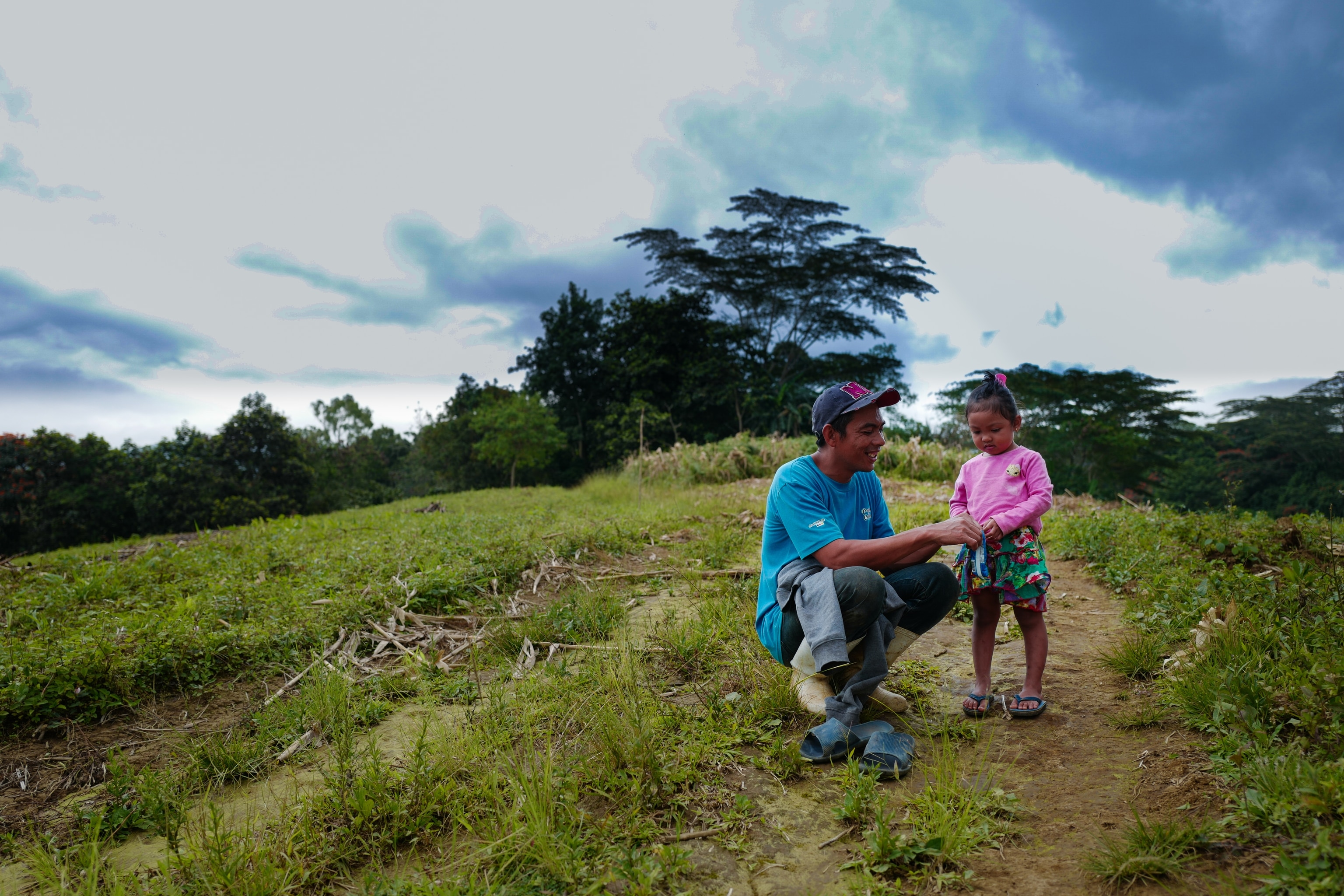
But tilling the land has never been easy. Before starting cultivating coffee, Abear struggled to support his family. Even after he turned to coffee farming, life remained a challenge. Many coffee farmers in the Philippines have inadequate knowledge and technology. Their production suffers from the deterioration of the environment, especially with the continuous depletion of soil nutrients after every harvest. They are hampered by high production costs, limited access to capital, and constraints on government support. Navigating the coffee landscape can be a daunting journey for Filipino farmers.
In 2010, Nestlé launched the Nescafé Plan program to help thousands of small-scale coffee farmers in addressing challenges concerning their yields, income, and quality of life. In 2018, Nestlé started collaborating with the German development organization Gesellschaft für Internationale Zusammenarbeit (GIZ), along with Philippine government agencies and other local groups, to implement Project Coffee+. This aims to educate farmers in regenerative agriculture and help expand their operations by teaching them how to maintain their crops with new techniques. The project participants’ average yields and incomes increased by some 64 percent and 45 percent respectively in 2021.

“Part of the plan is to teach our coffee farmers best agricultural farming practices,” says Donnel Jun M. Tiedra, an agronomist and public affairs executive who is a driver of the project. “Regenerative agriculture is a system that aims to help farmers and nature to flourish together.”
Farmers are taught intercropping, a practice that helps improve soil biodiversity by growing vegetables alongside their coffee plants. They also learn agroforestry, the integration of trees with crops that helps protect the soil from erosion; cover cropping, a practice that makes use of ground-crawling crops which hold the topsoil together to help with soil nutrition; and composting.
After adopting these practices, Abear is finally finding success through coffee farming. But the crop has a long and complicated history.
Ruth P. Novales, the National Agriculture and Fisheries Council’s coffee focal person, says that over the centuries, coffee has become deeply embedded in Philippine culture.
“For farmers, it’s a source of hope, for consumers coffee is life,” Novales says. “It's consumed all the time, from early morning to late at night. When people drink locally grown and manufactured coffee, they are directly helping a Filipino coffee farmer.”

Coffee farming didn't take off in the Philippines until the early 1800s. Within a few decades, Filipino coffee was considered a top competitor in the global market, alongside those from Africa and Brazil.
But in 1889, the Philippine industry declined after the appearance of coffee rust, a fungal disease that destroys the coffee plant. The infestation quickly spread across the country and impacted huge swathes of production areas.
Despite the trade coming close to implosion, it wasn’t the end for Filipino coffee.
“In the Philippines, coffee is a heritage crop,” Novales says. “It has come down through families for years and years, and it's still here.”
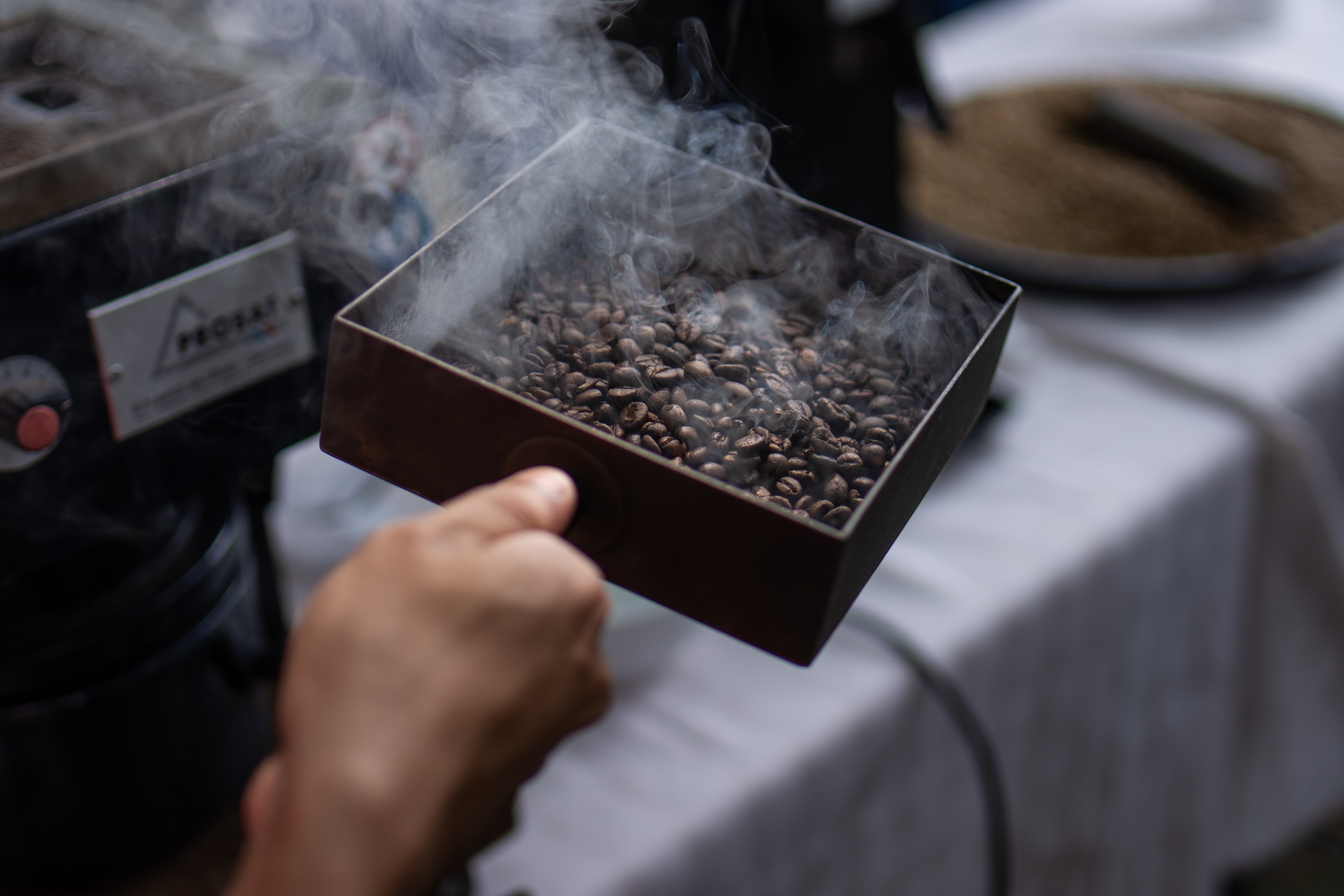
The Philippines sits on the world’s ‘coffee belt,’ an area where climate conditions are conducive to the growth and quality of the plant. Yet much of the new rise of Filipino coffee is a direct result of education between the public and farmers themselves. Tiedra says Nestlé will continue to work with the country’s coffee farmers in building prosperous lives for themselves beyond subsistence levels, in the face of major hurdles.
Abear is getting older, and he worries about the future of his farm. It’s a concern shared by the majority of the country’s farmers who are aging. The reality is their children are often not interested in farming. According to data from the Philippine Journal of Science, natural coffee populations are also threatened by deforestation and land-use changes in the Philippines.
But the regenerative agriculture project is hoping to curb these concerns. As the country continues to ramp up its coffee industry, similar programs are playing a role in finding a new sustainable path. And the government, along with other local organizations, is working overtime to market agriculture to younger generations.
Ultimately, Filipino farmers are a resilient group. It will take much more to stop them from producing some of the world’s best coffee. For Abear, coffee is not just a trendy drink or a cultural artifact – it’s his family’s future.
“We are expanding and building a training center to help other coffee lovers,” he says. “We can now provide for our children’s daily needs and send our children to school.”
